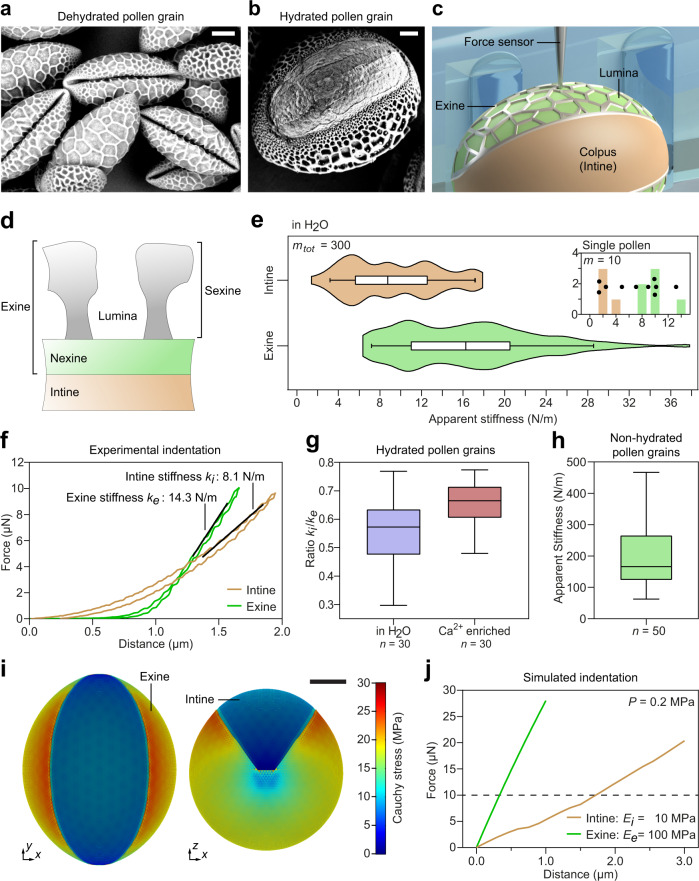Fig. 2. 3D indentation of lily pollen grains.
a A scanning electron microscopy (SEM) image of dehydrated lily pollen grains; note that the intine is not accessible. b An SEM image of a fully hydrated lily pollen grain, exposing the intine at the colpus. c A schematic of a lily pollen grain highlighting the different surface areas, i.e., the soft colpus and the stiff exine with the lumina. d A graphic showing the structure of a pollen grain cell wall in cross-section. At the colpus, the exine is absent and the intine is exposed to the surroundings. e Two violin plots containing all measurements (m = 300) for n = 30 biologically independent lily pollen grains in deionized water. The data is divided into intine (brown) and exine (green) stiffness values. The box represents the interquartile range, the center line represents the median, and the whiskers represent the 5th and 95th percentiles. The maxima and minima are denoted by the start and end of the violin plots. The inset shows the independent measurements (m = 10) for a single pollen grain, where intine and exine are separated. The individual measurements are represented by dots. f A graph showing two indentation curves from different regions of the same pollen grain. The stiffness values ki and ke are obtained from the slopes. g Two boxplots to compare the stiffness ratios ki/ke of lily pollen grains in deionized water (violet) to the ratios of lily pollen grains in CaCl2 solution (red). The boxes represent the interquartile ranges, the center lines represent medians, and the whiskers denote the ranges of minima and maxima. The stiffness ratio of the pollen grains in a CaCl2 solution significantly increased, indicating specific stiffening of the intine due to Ca2+-mediated crosslinking of pectin. Each stiffness ratio was derived from m = 10 independent measurements on a single specimen. Each stiffness ratio distribution was calculated from n = 30 biologically independent samples. h The apparent stiffness distribution for the exine structure (green) of non-hydrated pollen grains. The data was collected through (m = 50) single indentations of 50 biologically independent samples. The box represents the interquartile range, the center line represents the median, and the whiskers denote the range of minima and maxima. i The pressurized (turgor pressure P = 0.2 MPa) simulation of an average lily pollen grain. The two cell wall layers, i.e., the intine and exine, are clearly visible with the intine being exposed at the colpus. The color bar shows Cauchy stress in the cell wall in MPa. The side view shows the slight variation in pollen grain curvature between different regions of the exine as well as at the colpus and has been taken into account for the simulated indentations. j Simulated indentations of the exine and intine resulting in apparent stiffness values ke and ki of 12.7 N/m and 7.9 N/m, respectively, for a material stiffness ratio Ee/Ei of 10. The turgor pressure is P = 0.2 MPa and the Poisson’s ratio is 0.3. The dashed line denotes the maximum force applied during experimental characterization. Scale bars: a = 25 µm, b = 10 µm, i = 25 µm. Source Data is available as a source data file for e–h, j.

